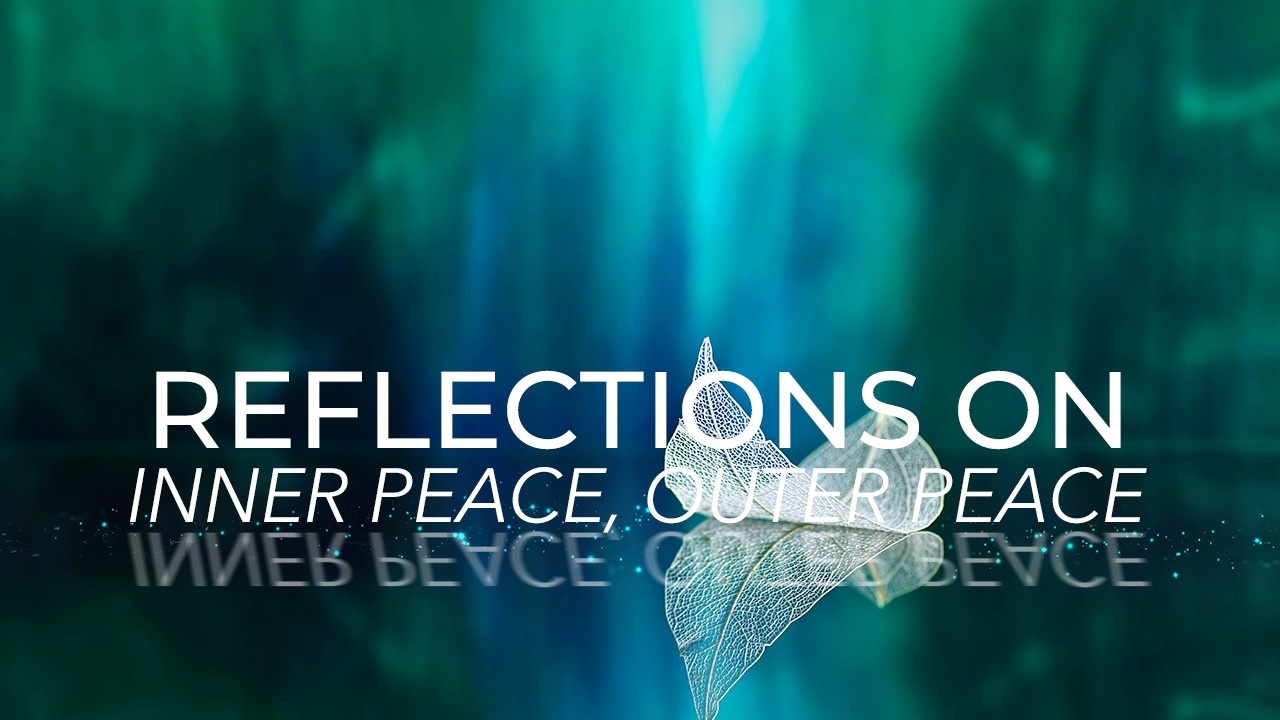Shadow “out there,” Shadow “in here”
Nov 11, 2018
I don’t know about you, but over the past 2 years or so I have been acutely aware of a sense of “us” vs. “them” - a political divide, a social divide, a values divide. But throughout my adulthood, I have often made choices about whom I choose to interact with and whom I avoid, based on such differences. To be fair, it was probably necessary for a while and still is much of the time, especially as a queer woman of color - to be in supportive spaces rather than be around people whom I felt marginalized and “othered” by, to be mostly in the company of people whom I felt to be inclusive and understanding.
But we are at a point in our collective where the divide between “us” and “them” - no matter who the “us” and “them” are - is part and parcel of the challenge we are facing. I was touched by a talk by Van Jones1 recently about how we must build our tolerance - that we are not so fragile that we will break if we come face to face with perspectives that differ from ours. Through mindfulness practice, we build our tolerance for discomfort - not so that we can allow bad things to happen to us and in the world, but so that we can be strong and resilient enough to embody peace and love in the midst of discomfort. So I have been sitting with the question of, how tolerant am I with difference, and how can I better build that muscle so I don’t so easily turn away from others with different perspectives?
Inclusivity doesn’t mean that it doesn’t matter. And especially for those of us who are already vulnerable and marginalized, safe spaces are crucial. But I have learned in my own personal practice that I must include and embrace the shadow I find in myself to be able to transform and heal it. Ignoring the shadow, shunning or shaming it, only makes it stronger. And as in the microcosm, so in the macrocosm.
This is how I have learned to bring practice and action together: when I first came upon the teachings of Thich Nhat Hanh (who is an engaged Buddhist, bringing practice to create peace, transformation, and healing in the world), I was struck by these words (slightly paraphrased):
How can you bring peace in the world
When you can’t find peace within yourself,
When you can’t create peace within your family?
This is an important inquiry!
Since then, I have found it to be an important practice that, when I see things in the world that I don’t like, to inquire into how I may be manifesting the same quality and work on healing it in myself. When I don’t like the rampant greed in the world, I want to investigate the ways, large and small, that I may be acting out of greed. When I don’t like the intolerance and othering shown by folks - in what ways might I be othering as well? How can I include in order to help heal and transform this quality?
It’s not easy work. It requires many deep breaths, coming back to refuge again and again. It requires a feeling of solidity that comes from personal practice as well and drawing strength from our communities. But I know that if I want to see more wisdom and compassion in this world, I can’t turn away from that which I don’t like.
I truly believe that when we heal ourselves, our families, our small circles and larger circles - we play a role in healing the world. Because we are all part of the fabric of this collective. This is not all we can do - but it’s an important part of what we can do for collective transformation. With Gandhi’s famous phrase, “be the change you wish to see in the world” - we have to do this over and over and over again. There is so much that needs healing and transformation - and within is where we have the greatest agency and power, and can travel outward from there.
1 A special recommendation: If you have found yourself grappling with how to be engaged and create positive change in these difficult times while coming from a place of compassion and wisdom (as I have), I highly recommend this resource. While it was free for the 10 days of the live event, you can now purchase all 30 inspirational talks to listen to at any time.
Get Personalized Health Guidance
Looking to improve your wellbeing? Reach out to schedule an appointment for tailored health advice and to start getting relief soon.
Book Now